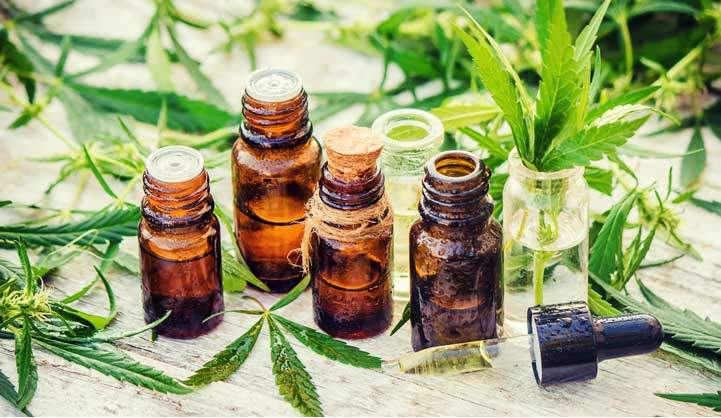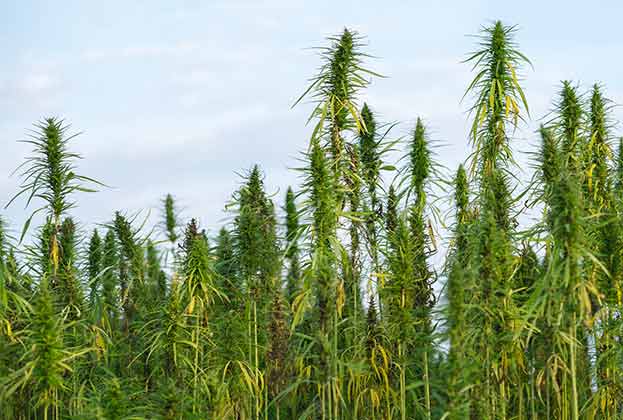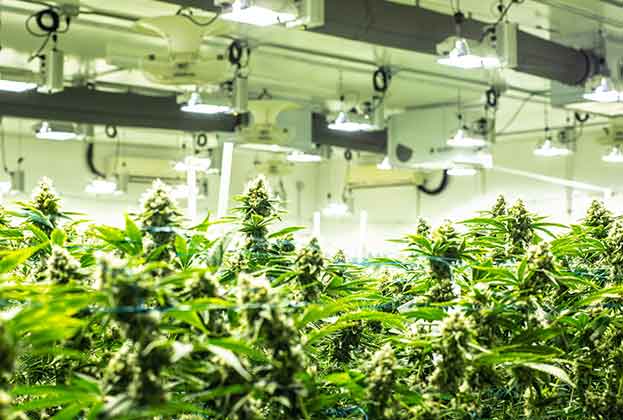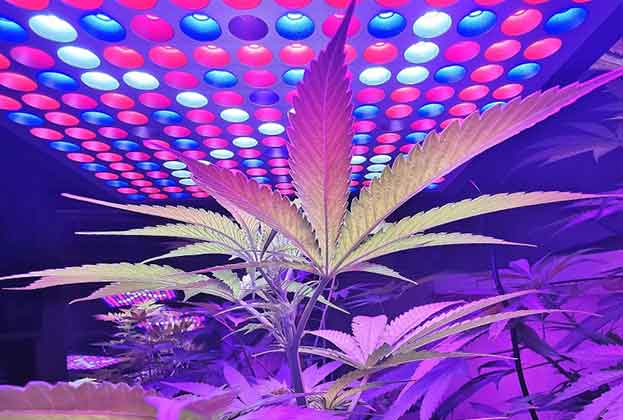Attitudes to the growth and use of hemp and cannabis vary around the world, which in turn is reflected in international legislation and world trade

Europe
With a combined population of nearly 750 million, Europe could potentially offer a larger market than North America. Momentum is also building with more nations within the bloc permitting some kind of medicinal use.
Germany has been widely hailed as a progressive leader in the area, with a broad list of qualifying conditions leading to a marked increase in registered patients. It is also the first nation in the world to cover the cost of medicinal cannabis.
Europe is a continent of contradictions. France, despite legalising cannabis for medicinal use in 2013, has so far not seen a single patient use any form of cannabis-based drug.
North America
Canada became the first G7 nation to legalise recreational cannabis use in 2018. Since then, innovation and investors have flowed into the market. Eleven US states legalised recreational use before Canada, but it ultimately remains prohibited at a federal level. Medicinal use is permitted in a further 33 states.
South America
Uruguay often steals the South American spotlight when it comes to cannabis, being the first nation in the world to fully legalise recreational use of cannabis in 2013. Despite this, production in the region is not particularly high. Yet it could eventually rival North America and Europe with ideal conditions, large areas of arable land and cheaper labour costs.

Asia and the Middle East
China grows nearly half the world’s legal hemp, with sales in 2018 totalling $1.2 billion. Unlike the UK, leaves and flowers may be processed for CBD leading to a burgeoning market. Sales of CBD are predicted to reach $228 million this year, quadruple what it was only a year ago. The nation is not entirely permissive and the anti-drugs squad declared that China has never approved industrial cannabis as a medical or food additive. Tighter monitoring is expected in the future, coupled with wider application of by-products.
Israel has been a leader in medicinal cannabis research for a number of decades. With an ideal climate, no restriction on production volumes and a high-quality seed bank, it is well positioned to be a global leader. Indeed, the lack of restriction on production volumes explains why this small nation is one of the largest exporters at present (generally only outdone by Canada and the UK).
Oceania
Australia legalised cannabis for medicinal use in 2016 and is the production and distribution hub for the Asia Pacific region. The medicinal market remains highly regulated however, as indicated by a relatively low number of registered patients.
Cultivation and production is permitted under licence and exports are also allowed providing regulations are met and domestic supply is not affected. Australia already has an established pharmaceutical brand in the region, which means there is significant potential for growth.
In New Zealand, medicinal cannabis can be prescribed through special permits or licences but only for defined conditions and at personal expense. Recreational use is currently illegal, though that could change following a referendum in 2021.
Read the articles within Spotlight: Hemp cultivation in the UK below.
.jpg)



